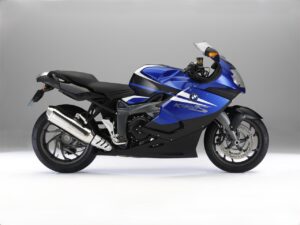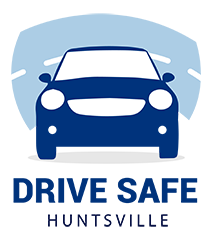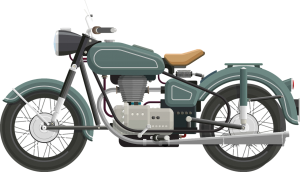Motorcycles
Motorcycles, both the two and now three wheeled varieties continue to be very popular, most often in the warm months of the year. Good defensive drivers appreciate the fact that you can see motorcycles almost any time. It’s a safe bet that motorcyclists won’t be out in a snow storm, but it’s not a sure bet. Unlike bicyclists, motorcycle riders share the same roads as vehicle drivers. They do not enjoy having separate marked lanes as do cyclists.
As you should expect, crashes between regular vehicles and motorcycles usually end up with far worse outcomes for the motorcycle. Add the element of inexperience to that and the situation becomes even more challenging. Due to the smaller size and profile of motorcycles, it is harder to see them, especially in busy traffic. It is also more difficult to judge the speed of an approaching motorcycle. This makes taking a left turn in front of an oncoming motorcycle more difficult. Misjudge the speed, and the cycle is upon you when you’re in the middle of the intersection. So, remember this: Be absolutely sure you have correctly judged the speed of an oncoming motorcycle before you make a left across their path. Don’t just check once. Check twice so you know how much time you have to execute a safe turn.
Also be aware of other important items you need to know
when driving around motorcycles:
- As with bicycles, motorcycles can lose traction in light sand, oil, or even a small pothole. If the driver loses control, the bike could topple and slide in any direction. Always keep a safe distance between you and motorcycles around you.
- The directional signals on motorcycles do not automatically reset on most models. Be absolutely sure you know a motorcycle rider plans to turn and has not just forgotten to reset the signal manually. Remember, read the speed of the bike and direction of the driver’s head to help you determine if the driver plans to turn. You practice pretty much the same thing you do with standard passenger vehicles.
- Motorcycles drift within their travel lanes. This is on purpose and legal. If a motorcycle driver has trouble seeing ahead, he might drift to the left or right while staying within the travel lane. If you had a motorcycle in your rear view mirror a few seconds ago and it’s no longer there, do not assume it has moved on. It may be riding behind you and off to your side. Possibly in your blind spot.
- Continue to practice the 2 second rule when following a motorcycle. When conditions and visibility are poor or roads are slick, increase your following distance.
- When on a road, usually a highway, with a lot of large trucks or in windy conditions, be aware that a passing truck or a gust of wind can push the bike sideways and into your lane.
- Many motorcyclists will shy away from grooved pavement or have difficulty controlling the bike on metal grated surfaces like bridges. Understand that the motorcycle driver might make a sudden lane change or have trouble keeping the bike traveling straight. Be prepared for that drifting.
- Sadly, some motorcycle drivers feel it is perfectly fine to drive in between two lanes of heavy, slow moving traffic. It is illegal and extremely dangerous. Motorcycles have loud engines. Just because you might not hear it, does not mean there are no bikes in the area. Always be alert especially if you find yourself in a traffic jam. Even a slight drift to the side could bring you into the path of an approaching motor cycle.

